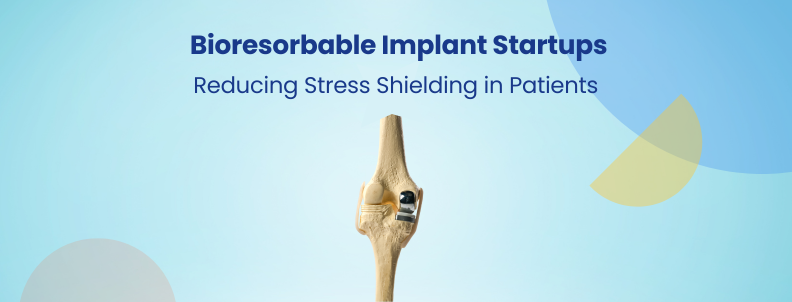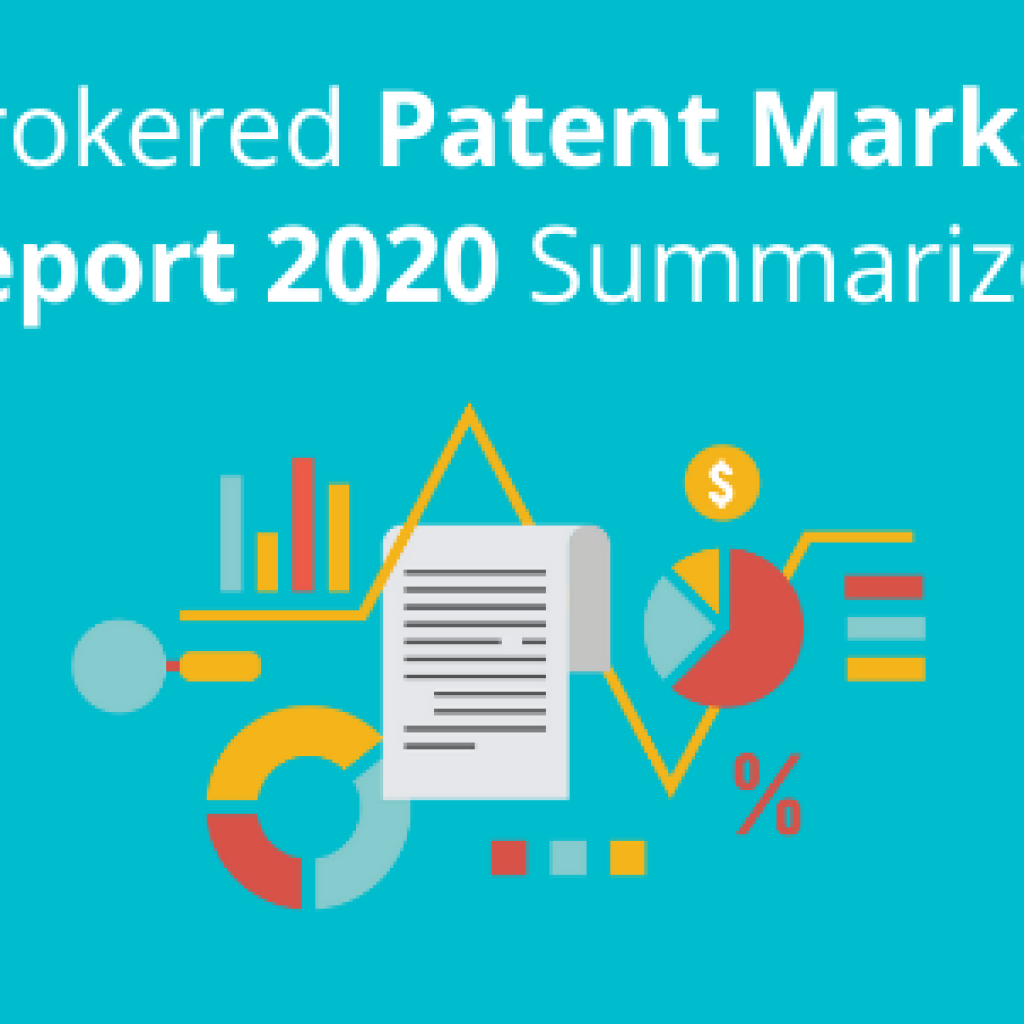According to a study by Bain, the digital transformations of R&D activities can reduce engineering hours by up to 20%, cut rework by 50%, and achieve 5% to 30% cost reductions. This approach improves efficiency and gives companies a competitive edge by enabling faster innovation and better resource management.
Speeding up the research process is about working smarter with the right tools and strategies. Whether working on state-of-the-art technologies, new products, or sustainable solutions, accelerating the R&D process helps you be the first to market with an innovative product.
The faster you generate insights and solutions, the more competitive and innovative your organization will be.
However, to make your research smooth sailing, you need to overcome the following challenges.
Common Challenges in Streamlining Research
Streaming research and development is a complex and daunting task. It requires careful planning, coordination, and execution. Identifying the obstacles in this process helps develop targeted strategies to overcome them. Let’s look at some of these obstacles.
1. Information Overload
With the exponential growth of scientific literature, patents, and research papers, finding relevant information is like searching for a needle in a haystack. This delays research discoveries, as researchers have to go through irrelevant or redundant information.
66% of researchers say they feel overwhelmed by the volume of published research data they must review.
2. Collaboration Hurdles
Effective R&D collaboration with colleagues, cross-functional teams, and external partners is essential. However, coordinating efforts, sharing data, and communicating efficiently is challenging, especially in large organizations or remote setups.
Efficient R&D collaboration helps identify new ideas and even implement them faster. Studies found that companies that enter into R&D collaboration file more patents than non-collaborators.
3. Manual Processes
Traditional research methods, such as manual review of patents and research papers, static document analysis, and manual keyword searches, constrain the speed of the research process. Sifting through tons of data to extract valuable information takes up most of the research process time.
75% of companies have already integrated AI into their business strategies and reworked their cloud plans to achieve AI success. This implies that organizations are shifting from traditional manual processes to more efficient digital ways to increase efficiency.
4. Resource Constraints
Limited access to necessary resources, such as funding, equipment, or software, will likely slow the research process. Maintaining a high pace of R&D is a struggle while trying to balance these constraints.
According to a study published on NLM that examined the challenges researchers face in Nigerian Academic Institutions, 42.98% of researchers cited lack of research funding as a major issue. These funding challenges significantly hinder research productivity, affecting academic staff’s reputation and career advancement.
5. Regulatory and Compliance Issues
Navigating regulatory requirements and ensuring compliance with industry standards is time-consuming. This is particularly true in highly regulated fields like pharmaceuticals and medical research.
According to Deloitte, the increased regulatory requirements and guidelines concern companies and could restrain innovation. Despite rising R&D costs, new regulations and the increasing pace of regulatory change are bigger concerns for R&D executives.
6. Data Management
Handling large volumes of data, ensuring its accuracy, and maintaining data integrity are significant hurdles. Poor data management wastes time, errors, and missed discovery opportunities. Researchers spend 30%–40% of their time searching for, aggregating, and cleansing data.
7. Technological Limitations
Outdated or inefficient tools hamper the speed of the research process. Keeping up with the latest technology and software advancements is necessary. For example, the lack of advanced technologies limits the drug development process, making it a time-consuming and expensive task, which can be easily addressed by using AI.
Strategies to Accelerate Your R&D Process
Now that we’ve outlined the challenges, addressing them requires a combination of strategic planning, effective technology use, and adoption of best practices. Here are some proven strategies to speed up your research process:
1. Define & Prioritize Research Questions
The first step to speed up your R&D is clearly defining and prioritizing your research questions. A well-defined research question streamlines your efforts and ensures you are not spending time on less critical issues. According to a National Library of Medicine study, well-formulated research questions lead to more efficient literature searches and better study designs.
Tip: To find answers to research questions, ensure they are specific and focused. For example, instead of asking, “How can we improve battery life?” ask, “What materials can be used to extend the battery life of lithium-ion cells?” Evaluate each question based on its relevance to your objectives and potential impact on your project. Focus your efforts on addressing the most critical questions first.
2. Leverage Literature Review Tools
Conducting a comprehensive literature review is one of the initial steps in any R&D project. Literature review tools streamline this process by helping you organize technical literature, analyze documents, cite sources, and collaborate with colleagues.
Example: Tools like Slate use AI algorithms to summarize vast numbers of technical literature, patents, and research papers. You can discover, read, highlight, and share your findings with your team. It also helps you visualize your research findings and makes it simple to present your analysis results with meaningful charts, graphs, networks, and diagrams.
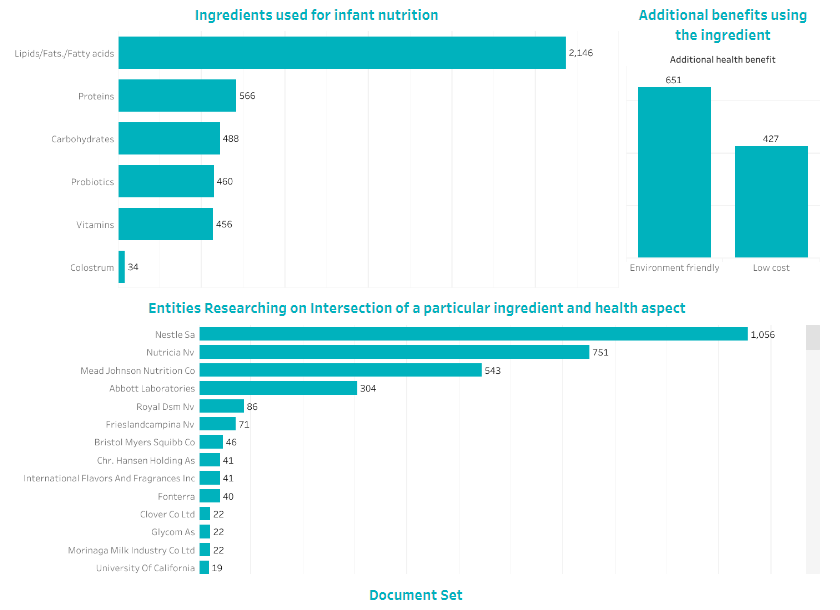
3. Streamline Data Management
Efficient data management is essential for quick and accurate research, and implementing a robust data management system saves time spent on data retrieval and analysis.
Companies that implement efficient data management systems increase their operational efficiency by up to 20%. This improvement comes from reduced time spent on data management, less work due to inaccurate data, and improved decision-making based on reliable data.
Tools like Slate can be used to organize patents and research papers. It helps you manage, organize, and share research data efficiently. With a centralized data repository containing all research documents and their findings, Slate makes it easy to see the status of any research already being conducted in your organization or industry.
Slate also provides different filters to access documents according to your needs, such as publication date, expiry date, inventors, assignee, priority country, publication country, and many more.
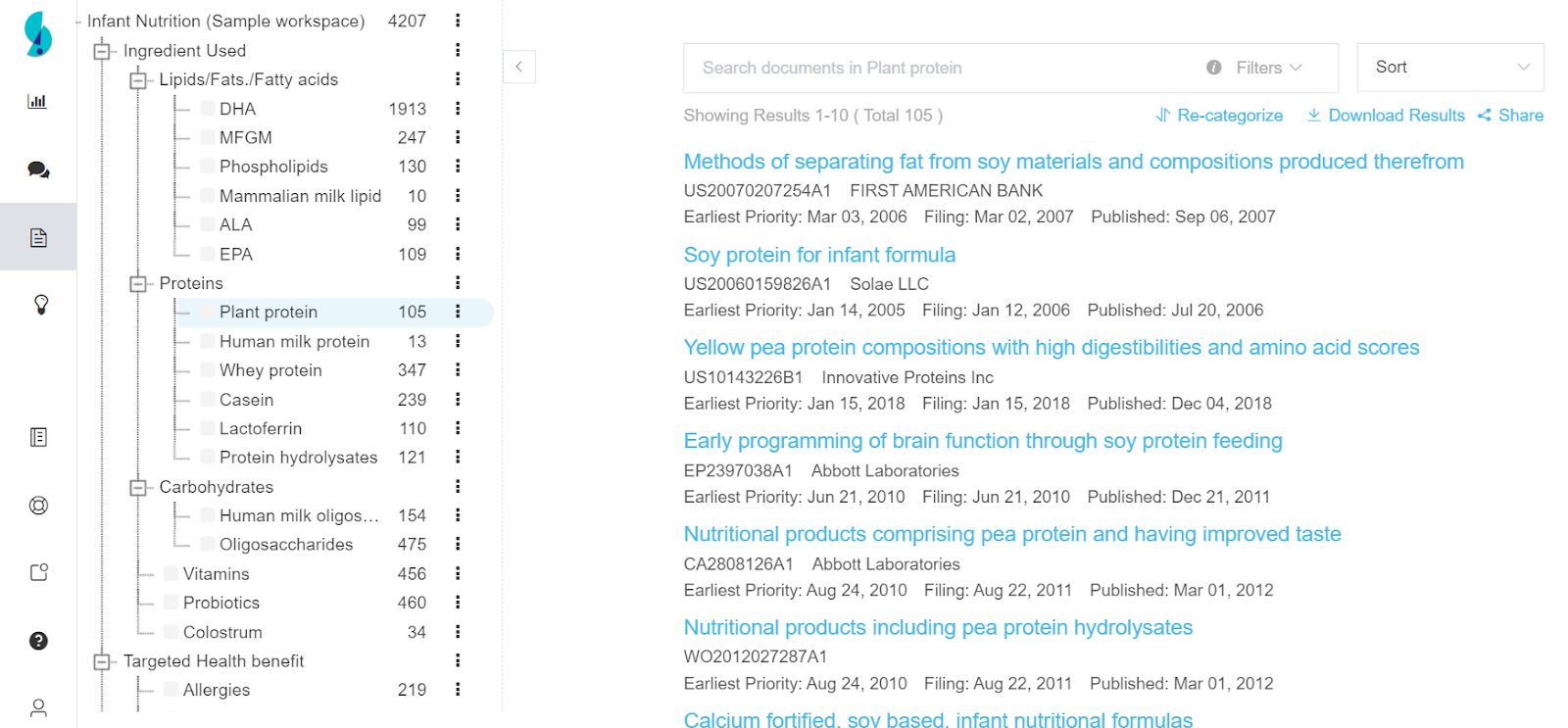
4. Adopt Agile Methodologies
Mckinsey stated that to break down organizational silos and speed up research & innovation, leaders are adopting ideas from software development, like Agile Development principles. They create small, dedicated teams to focus on bringing specific products to market. This method aligns everyone’s goals and removes the inefficiencies of multitasking.
Instead of following rigid plans set months in advance, agile teams work in one- to four-week sprints. Each sprint addresses specific questions to narrow down options. Almost every sprint results in a new prototype tested with the market—consumers, customers, or informed stakeholders. Teams continuously refine the prototypes iteratively until they achieve market viability.
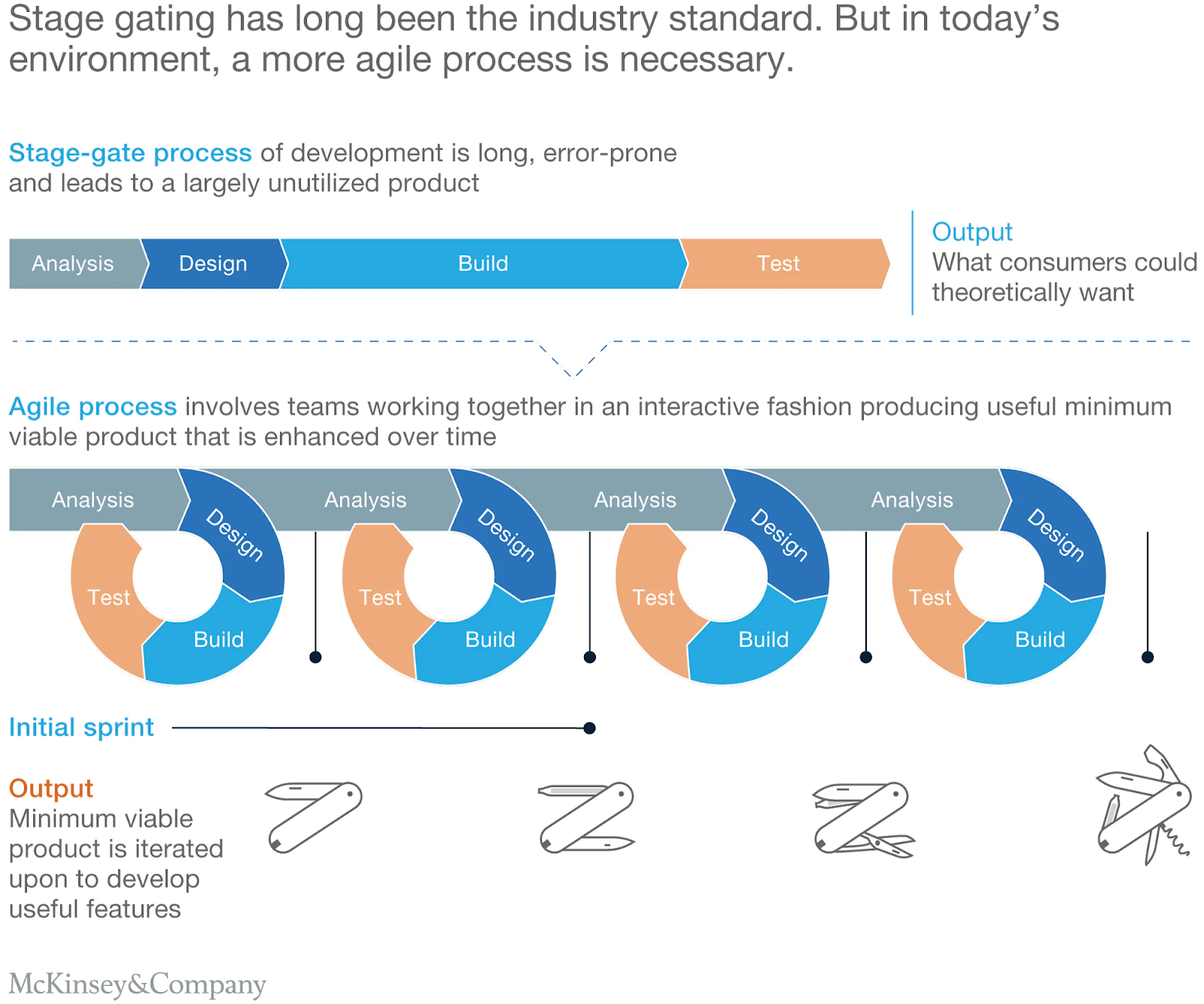
Tip: Implement practices such as daily stand-ups, sprint planning, and retrospective meetings. Focus on developing a minimum viable product and enhancing it over time. These practices help maintain momentum and quickly address any roadblocks in research and development.
5. Save Time with Automation
Automation handles repetitive and time-consuming tasks, freeing up researchers to focus on more critical aspects of their work. A survey by Deloitte found that 31% of companies prefer to automate tasks with AI to free up workers to be more creative.
60% of workers surveyed by Smartsheet estimate they could save six or more hours a week — almost a full workday — if the repetitive aspects of their jobs were automated.
Pharmaceutical research & development companies use AI tools like Pharsight to automate tracking drug patent expiration and form future strategies accordingly. Search for company, disease, or drug name to get information about drug patents, such as their expiration date, litigations, etc. You can set automatic activity alerts (directly to your email) for changes in the drug patents you are interested in.
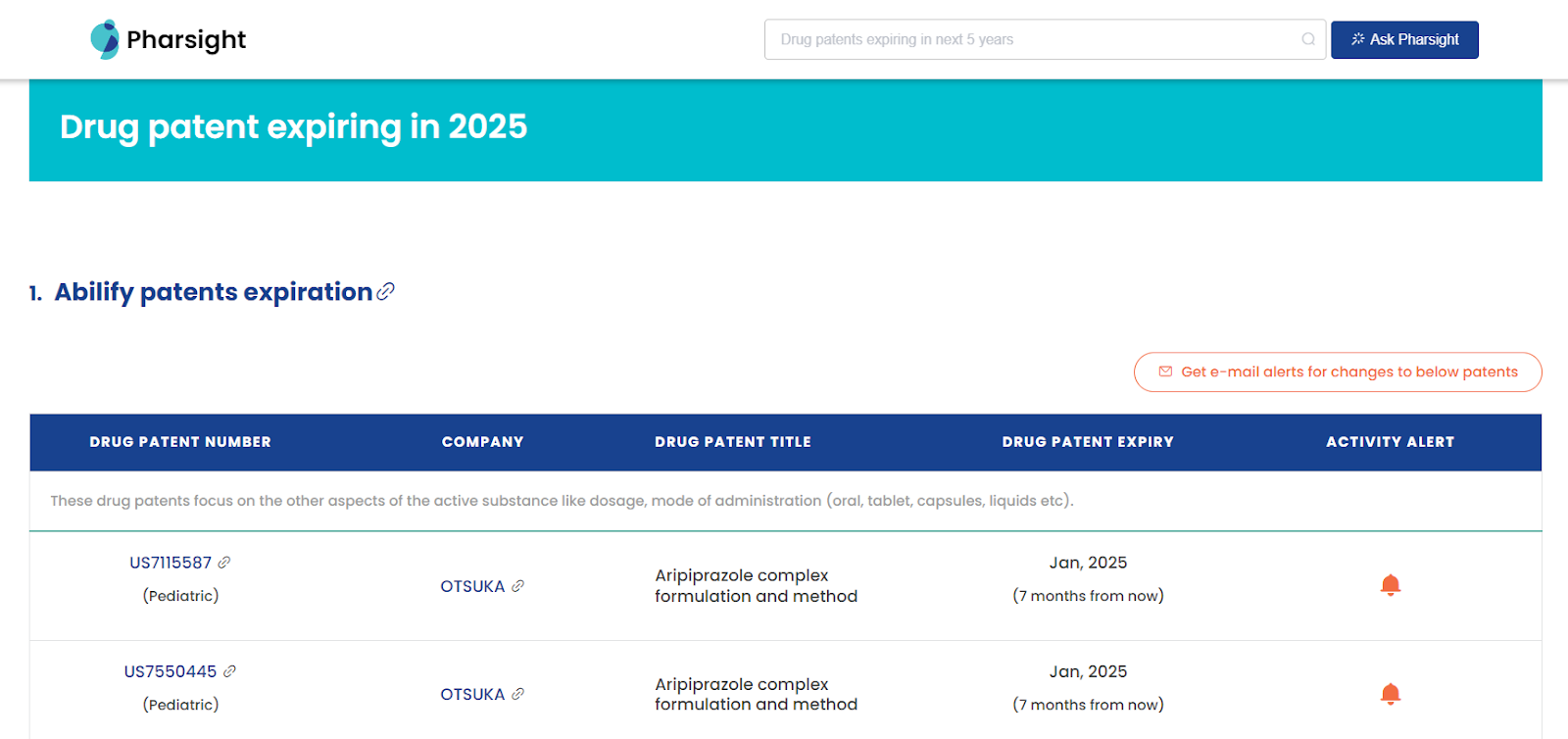
6. Foster a Collaborative Environment
Collaboration is beneficial across all types and sizes of R&D-focused organizations. Utilizing a research tool that enhances communication and streamlines the research process significantly speeds up the research process. According to a survey by LSA Global, highly aligned companies grow revenue 58% faster and are 72% more profitable while significantly outperforming their unaligned peers.
Tip: Transform how your team collaborates on research projects with tools like Slate. Share research findings in real time, highlight key information, and tag team members directly on documents. Members from various teams—including IP councils, R&D, and business leadership, can collaborate on a single dashboard to foster innovation and make faster decisions.
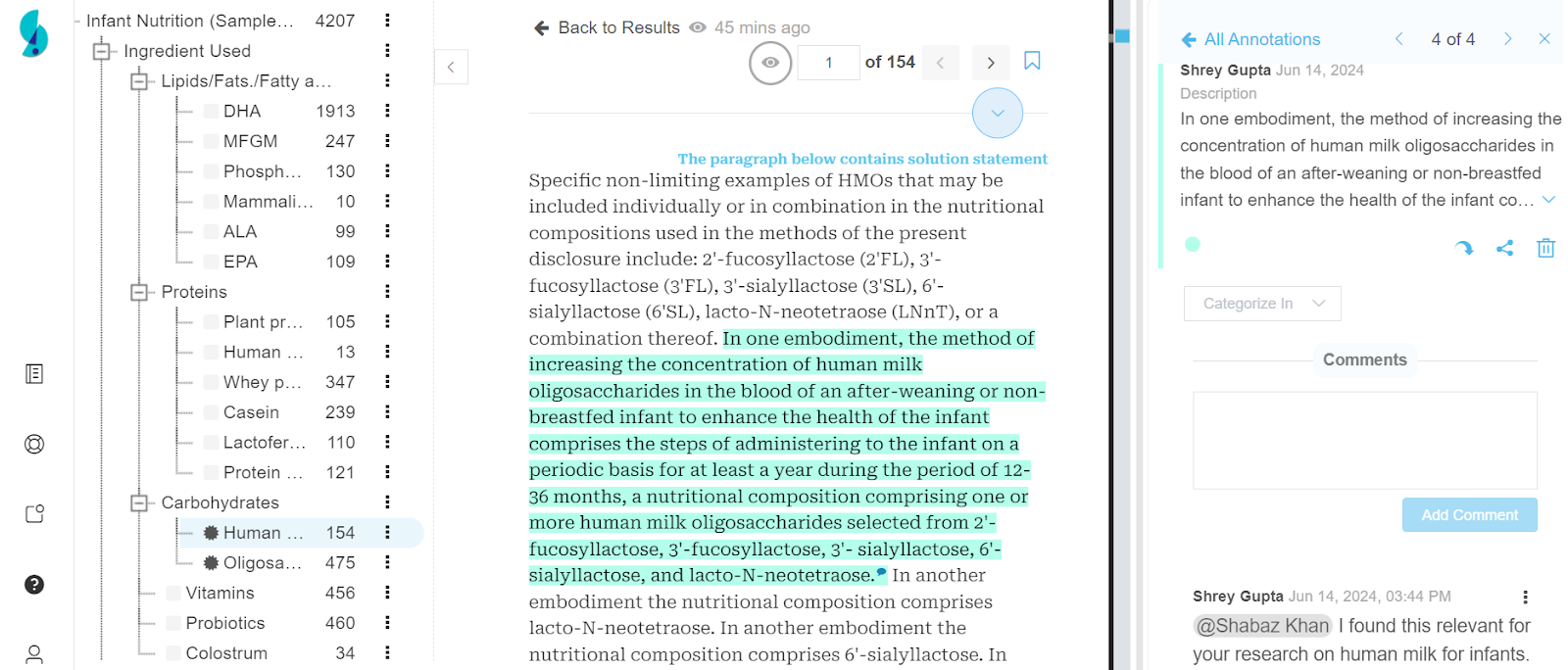
7. Engage in Continuous Learning
To stay ahead in R&D, it’s crucial to keep up with the latest advancements in your field and research methods, tools, and technologies that significantly enhance productivity. According to a survey by Gallup, companies that invest in employee training are 17% more productive and 21% more profitable.
Tip: Attend workshops, webinars, and conferences to stay ahead of the curve. Additionally, allocate time for online courses and certifications related to your field of R&D.
Speed Up Your Research with AI
Artificial Intelligence (AI) transforms research, offering tools that significantly speed the research process.
Researchers used AI tools to accelerate the search for Parkinson’s disease treatments massively. AI drug discovery platforms are rapidly increasing. AI research tools are particularly beneficial in accelerating the R&D process by providing rapid and precise access to critical information.
Here’s how AI can accelerate the research process:
1. Technical Literature and Patent Search
AI-powered research tools like Slate scan millions of research papers and patents, identifying the relevant ones in a single dashboard based on the query. This drastically reduces the time spent searching for related technical literature and ensures comprehensive coverage of existing research, ensuring no important information is missed.
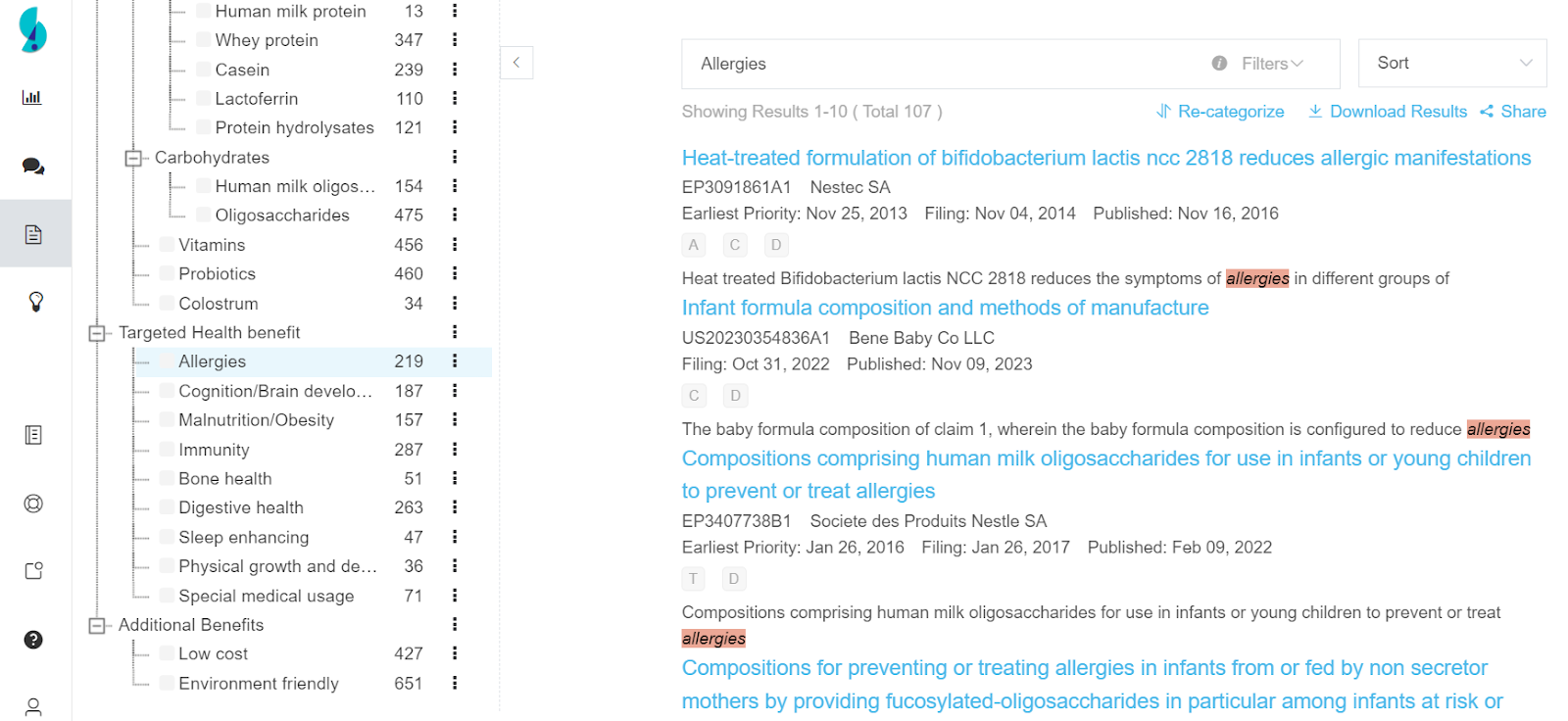
2. Patent Analysis
For R&D professionals involved in innovation and patent development, Slate streamlines the patent analysis process. It quickly analyzes patent databases, identifies trends, and uncovers potential areas for innovation, saving you hours of manual work. Using AI for patent analysis makes research more precise and accurate, ensuring you get the best insights every time.
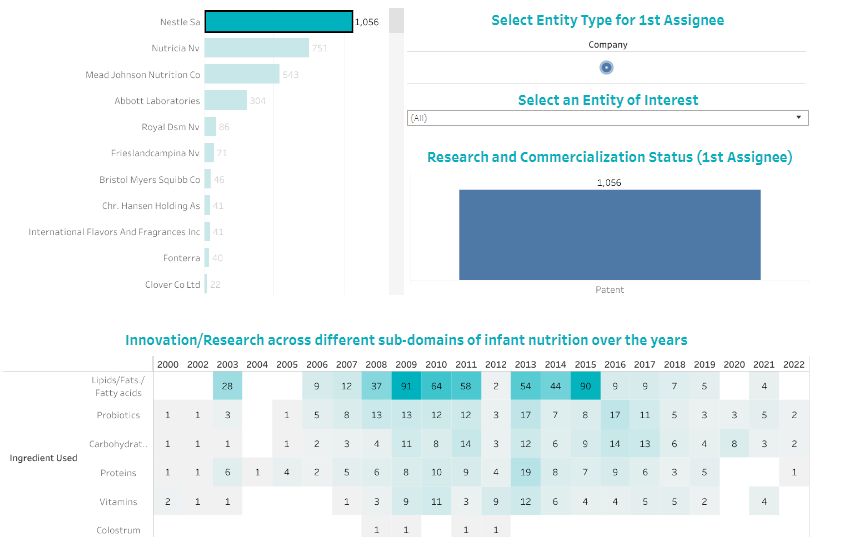
A standard technological company analyzes 100 to 500 documents weekly to stay updated on its competitors’ patenting activities. Slate helps analyze competitors’ patents with detailed information about their work area, product specifications, sub-domains, patent protection around the globe, and more.
3. Innovation Acceleration
AI in R&D facilitates faster innovation by providing valuable insights and identifying new opportunities that take human researchers much longer to uncover. By analyzing vast amounts of data from various sources, AI research tools help identify potential research gaps and novel applications of existing technologies.
For instance, PepsiCo wanted new opportunities in the sparkling water market. They teamed up with Black Swan to analyze over 150 million online consumer conversations using AI. This analysis helped them understand key trends in the beverage industry. Black Swan Data identified several thousand trends and ranked them by maturity and growth potential, helping PepsiCo define its next generation of product innovations.
4. Quick Answers to Research Questions
AI research tools like Slate Pro use AI algorithms to process and analyze large datasets of technical literature to provide simplified solutions. The tool understands the context of queries just like a researcher. It sifts through millions of patents and research papers to find answers to research questions quickly, significantly reducing the time spent on literature reviews. This speeds up the solution discovery phase, allowing researchers to move forward with their research projects more rapidly.
Slate Pro scans technical literature, deciphers complex scientific terms, and identifies key elements such as chemical compositions, potential applications, and novel data. Human researchers take weeks to extract information, but Slate Pro accomplishes it in a fraction of the time.

5. Insights in One-Click
Slate Pro provides insights with just a single click, making it easier for researchers to access relevant information quickly. This capability is particularly useful in the early stages of research, where quick access to a broad range of data can shape the project’s direction. It delivers tailored insights, helping researchers find answers to critical R&D questions without extensive manual searches.
Transform R&D with Speed
Research shows that while there is a clear need for more efficient research methods, only 55% of researchers currently use AI tools. Among those who do, 56% save at least 2 hours a week, and 15% save over 5 hours a week.
Given these significant time savings, it’s evident that integrating AI tools into research workflow greatly enhances productivity. Slate Pro automates tedious tasks, quickly analyzes large datasets, and answers complex research questions, allowing researchers to focus on more critical and creative aspects of R&D work. It streamlines the research process and increases the quality and speed of discoveries. Don’t miss out on the opportunity to speed up your research process and make it more efficient and impactful with Slate Pro.
Authored By – Shrey Gupta, Product Marketing





